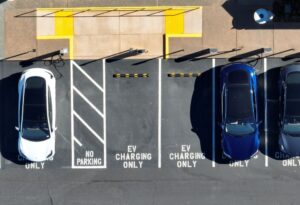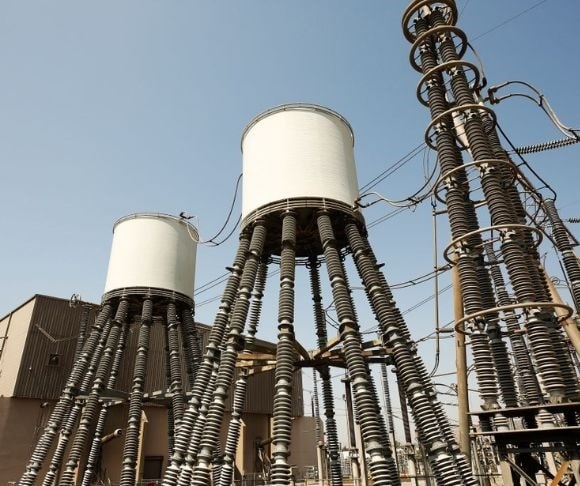Paying too much for electricity? Citizens of the Golden State may get a break on their monthly electric costs – depending on how much money they earn. Assembly Bill 205 requires more transparency in customers’ bills while also finding a way to lower them. But what you pay will be ultimately determined by how much you earn, not solely based on how much you use.
The state’s aggressive climate control plans call for ending gasoline-powered vehicles in the next few years, which means upgrading to all-electric everywhere. But Californians already pay one of the highest rates for electricity in the nation, and companies, such as Pacific Gas & Electric (PG&E), are trying to find funding to fix deteriorating structural issues. That’s a bit concerning for the goal of switching to electric power. “California wants residents to swap gasoline-fueled cars and natural gas heaters for electric models,” E&E News reported. “But if power rates keep rising, it will cost more to plug in an EV at home than to fill up a gas tank, economists project.”
Right now, residents pay 36 cents per kilowatt-hour, but if the proposal is approved, the rate would go down to about 24 cents. However, the bill would be split into two parts: the reduced usage charge of 24 cents and the fixed-income rate, Kathleen Dunleavy with Southern California Edison told Fox 11.
California’s Electric Flat-Rate Proposal
The three major California electric companies — Southern California Edison (SCE), PG&E, and San Diego Gas and Electric (SDG&E) — are rolling out their new charges beginning as early as 2024.
SCE serves the southern part of the state with 15 million customers in approximately 50,000 square miles. PG&E has 16 million customers covering a 70,000-square-mile territory in the northern and central parts of California. And SDG&E serves 1.4 million businesses and residential customers in a 4,100- square-mile area of San Diego County and southern Orange County. Here is the breakdown of the flat-rate plan if approved:
Yearly income of less than $28,000
- $15 for SCE and PG&E customer areas
- $24 per month for SDG&E customers
Yearly income ranges from $28,000 to $69,000
- $20 per month for SCE customers
- $30 per month for PG&E customers
- $34 per month for SDG&E customers
Yearly income ranges from $69,000 to $180,000
- $51 for SCE and PG&E areas per month
- $73 for SDG&E areas per month
Yearly income more than $180,000
- $85 per month for SCE customers
- $92 per month for PG&E customers
- $128 per month for SDG&E customers
“This approach dramatically reduces the average electric rate – the per kilowatt hour cost – that customers pay by 42% compared to today,” the SDG&E website states. “This portion of a customer’s bill, which is mostly related to the electricity purchased from natural gas, wind and solar plants, will continue to vary based on electricity usage.”

(Photo by Justin Sullivan/Getty Images)
This plan will be used for infrastructure needs while customers will still be billed for their actual power usage, although at a reduced price. SDG&E says the plan “makes it more affordable for families to adopt electric vehicles and transition to all-electric appliances by lowering the cost of electricity.”
But will lower-income families, or even those in the middle class, be able to afford an electric vehicle? At the end of 2022, Kelley Blue Book reported that the average price for an EV was $61,488 compared to $49,507 for passenger cars and trucks. Batteries for these low-to-no emissions vehicles can cost anywhere from $4,000 to $20,000, plus there is a cost for using charging stations. As Liberty Nation noted, “The EPA said there are more than 130,000 public chargers across the country. But is that even near close enough to meet demands? According to Forbes Advisor, there were 278,063,737 personal and commercial vehicles registered in the US in 2021.”
The Golden State seems to think it can meet consumer demands. SDG&E stated, “California has set an ambitious goal to become carbon neutral by 2045. A key strategy to reach that goal is to accelerate transportation and building electrification. Due to the drive toward electrification, household electricity will ramp up significantly in the coming years.”




